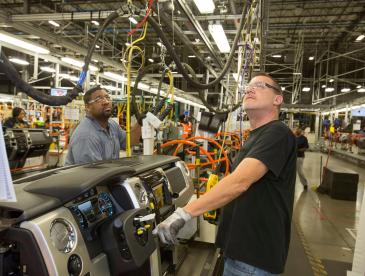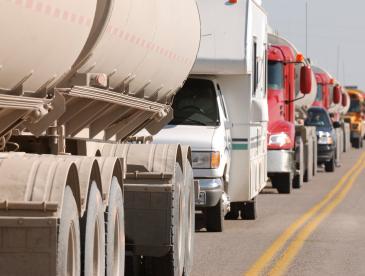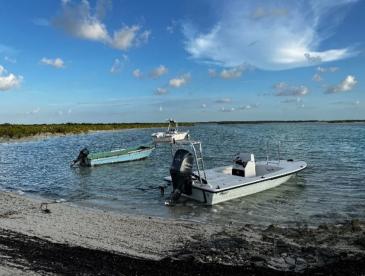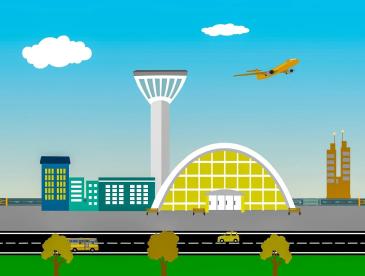
Shifting to electric vehicles and sustainable fuels
The problem: Global transportation harms our climate, accounting for roughly one-quarter of all greenhouse gas emissions. The pollution from transportation powered by fossil fuels also harms our health, causing lung disease, heart problems and more than 6 million premature deaths a year.
What we’re doing about it: We’re driving the transition to electric vehicles, sustainable aviation fuels and zero-emission shipping, prioritizing the communities most burdened by pollution. We advocate the use of cleaner fuels everywhere — to save lives and strengthen the global economy.
Watch now: Get the facts on electric vehicles
Impact by the numbers
-
0%
The percentage of global greenhouse gas emissions that come from transportation
-
0K
Number of lives saved by 2050 if all new heavy-duty trucks and buses sold in the U.S. release zero emissions by 2040
-
$0B
Investments in EV manufacturing that have been announced in the U.S. over a decade
Our work cleaning up the global transportation system
- Blog post
Undermining support for electric vehicles puts jobs in jeopardy
- Article
Global shipping industry moves to reduce its pollution
- Article
Replacing polluting diesel trucks offers a shortcut to healthier air
- Blog post
A big opportunity for small vessels in The Bahamas
- Blog post
Confronting aviation’s hidden air quality crisis with real solutions
- Blog post
A roadmap for European cities looking to decarbonize urban freight
Updates
Read the latest articles, blogs and press releases on clean transportation.
-
June 2025: Electric trucks, buses round-up
Blog post, -
Trump EPA Proposal Appears to Attack Endangerment Finding, Limits on Pollution from Cars and Trucks
Press release, -
In extreme weather, electric vehicles keep the lights on at home
Article, -
Bipartisan support, market signals show path forward for zero-emission trucks in Texas
Blog post, -
Supreme Court Ruling Does Not Address Merits of California Vehicle Standards, Does Determine that Fuel Industry Has Standing to Challenge Them
Press release, -
NYPSC Approves Investments to Meet Customer Demands for Electric Buildings and Transportation in New York
Press release,
Clean transportation resources
Dig deeper into our work with these resources for researchers, policymakers, journalists and communities.
- Overview
How we’re working to slash climate and air pollution from global shipping
- Fact sheet
Driving change: How electric vehicles are benefiting people across the U.S.
- Legal resources
Defending clean vehicle standards to protect people and the planet
- Blog post
Case studies: Stories of fleets on the road to electrification
- Website
Fleet Electrification Solutions Center
- Blog post
This registry could jump-start global production of sustainable aviation fuels
Our clean transportation experts
Media contact
Erica Fick
(213) 435-7160 (office)






















